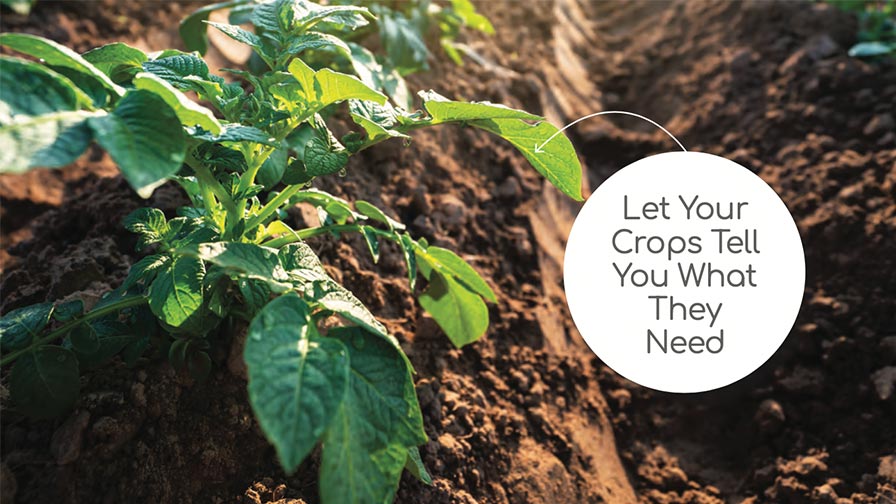Clue Into Chemigation Best Practices
In the absence of methyl bromide, growers have experimented with a number of different alternative products and application methods to manage key pests in crops. Chemigation through drip tape is one such method available to address certain pests.

Photo by Frank Giles
Don’t Get Plugged
The “out of sight, out of mind” saying might be appropriate with drip systems occurring underneath plastic mulch beds. But, staying on top of drip tape maintenance can help ensure proper irrigation and chemigation during a crop cycle.
Growers should monitor drip performance consistently, looking for pressure drops, leaks in the system, proper calibration, and plugged emitters. Emitter plugging is one of the more common causes of impaired drip applications. It can be caused by grit, bacteria and algae, and chemical scale, or a combination of all these factors.
The source of irrigation water has a major influence on plugging. According to a UF/IFAS report, algal and bacterial growth are major problems associated with surface water. Surface water also can contain moss and other organic debris if not filtered properly. Groundwater can contain high levels of minerals that can lead to plugging scale.
Because of the tendency of plugging, it’s recommended that growers continuously monitor filtration equipment for clogging and clean as needed. This is especially important before any chemical injections.
Inject acid, chlorine, or other commercial water treatment chemicals are recommended to remove chemical particulates or organic matter. In low-volume systems, clean the drip lines and emitters to prevent clogging.
Flushing lines is important upon completion of a chermical injection. Many chemicals, especially some commonly injected fumigants, can damage PVC lines if they remain in the system after the injection cycle is complete. Irrigation operators must run the system for sufficient time after a chemical injection to completely purge injected chemicals from the system with clean water.
Keep A Record
UF/IFAS also advises growers keep a maintenance schedule for inspection of the mechanical components of the system as well as the drip lines. Some chemical injections can degrade system components over time, requiring upkeep or replacement.
Regularly record flow rates and pressure delivered by the pump to ensure proper operation. Maintain records of these inspections on at least a bi-weekly basis. If large departures from normal operating flows and pressures are observed, consult with a repair specialist.
The key to successful chemigation is persistence in monitoring system performance and taking necessary corrective measures when needed. This not only will lead to improved chemigation performance, it also will extend the life of irrigation equipment and components.
♦ Learn more about Injection Troubleshooting and Buffer Zone Considerations ♦
Injection Troubleshooting
During a chemical injection, a qualified operator should be present at all times. Here are a few items to look for during an application.
- If a sudden drop in water pressure occurs, shut down the system and investigate its cause.
- A reduction in water flow over time might indicate the filter on the irrigation system needs to be cleaned. If this is the case, turn off the flow meter and back-flush the water filter system.
- If the flow meter reading is fluctuating, check to see if the water flow is consistent.
- Make sure the pressure to the product cylinder is constant.
- Be on guard for leaks. If any develop, shut down and seal them.
Buffer Zone Considerations
For most growers, the optimum buffer zone is one that fits on the property he or she controls, either through ownership or a lease.
“When you keep the buffer zone on your own property, that’s the best possible situation,” Dow AgroSciences Telone specialist Jerry Nance says. “You can keep the buffer zone on your property, in most situations, by breaking up the field into different application zones. The first zone you want to look at is the one that’s going to be the most difficult when it comes to your buffer zones. Once you have that area figured out, the rest of the field usually will fall into place.”
To help minimize buffer zones and optimize employee safety, more growers are employing drip applications.
This article is sponsored by Telone.










